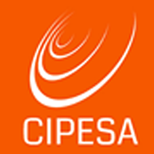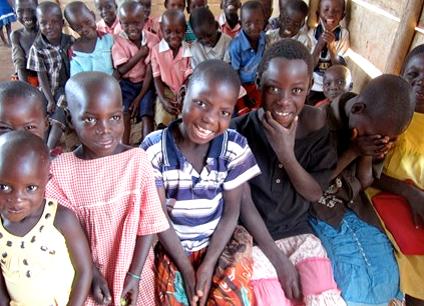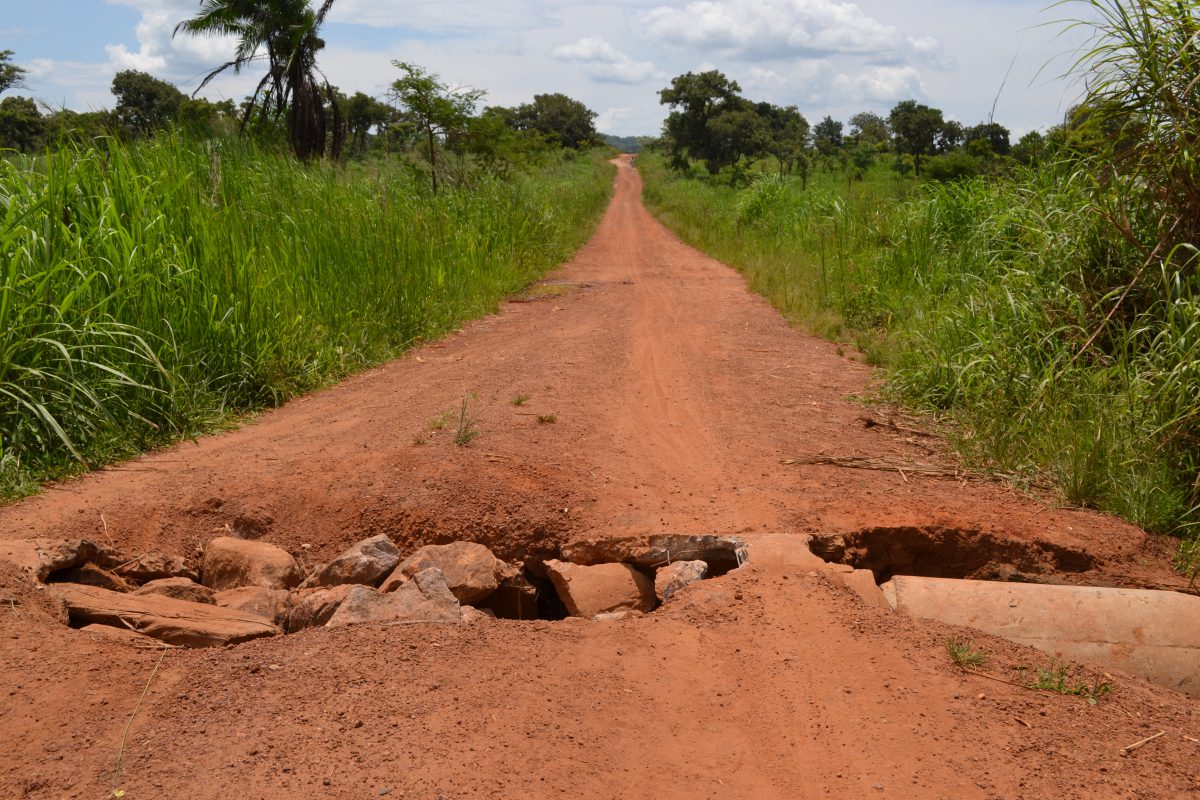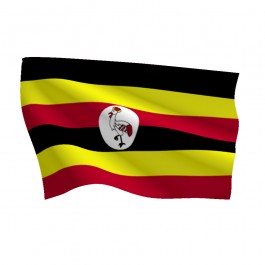Towards the end of 2014, Uganda’s government through the National Information Technology Authority (NITA-U), Ministry of Information Communication and Technology (MoICT) and the Ministry of Justice and Constitutional Affairs (MOJCA) issued a draft Data Protection and Privacy Bill for public comment. The Bill seeks to protect the privacy of the individual and personal data by regulating the collection and processing of personal information. It provides for the rights of persons whose data is collected and the obligations of data collectors and data processors; and regulates the use or disclosure of personal information.
The Collaboration on International ICT Policy in East and Southern Africa (CIPESA) welcomes the move by the Uganda Government, however, following an analysis of the Bill, we identified some areas of concern and gaps that need to be addressed. We have assembled our comments as part of the CIPESA ICT briefing series and have also submitted official comments to the government as part of the public comments phase.
Read more on our Reflections on Uganda’s Draft Data Protection and Privacy Bill, 2014 in the CIPESA ICT Briefing series and see our Formal Comments Submitted for consideration.
Understanding Information Flows in the Education Sector in Mayuge, Uganda
By Juliet Nanfuka
A recently concluded Situational Analysis Report focusing on the Education Department in Mayuge District, Eastern Uganda, found that voids exist in the flow of information between citizens and leaders, leading to restricted participation in decision making processes.
The poor flow of information in the sector has contributed to poor service delivery and a negative attitude amongst some members of the community towards funding their children’s education. It was revealed that some citizens, including local leaders, did not know where to find information on education or had no way of reaching information points including the district headquarters. Reports of information hoarding had further strained the school-parent relationship, resulting in parents calling for more involvement in the management of schools.
The findings of the study are based on desk research, interviews with district officials and focus group discussions which involved head-teachers, teachers, parents and members of the community on local school boards. This was also supported by a SWOT analysis that aimed at understanding the flow and management of information within the education department at district level. The study was conducted by the Busoga Rural Open Source and Development Initiative (BROSDI) in the context of the ICT4Democracy in East Africa initiative.
According to the study, parents and teachers primarily relied on radio to receive district level education related information while word of mouth was the secondary source of relevant information. Meanwhile, according to the District officials, the Education Department’s primary tool for disseminating information was through short message service (SMS) to parents and head teachers. This revealed a disconnect in information reception and dissemination with the probability that not all information is received from the Department in a timely manner if the community preferred radio to SMS. In addition, there was no efficient means for community members to raise issues with the education department.
Information flow gaps such as these need to be addressed utilising the most widely used and accessed ICT tools by both parents and teachers. This would reduce the timeframe in which information has to travel, maintain the integrity of information, and reach larger numbers of community members. These ICT can also support more inclusivity of the community members in the district education decision making processes in the pursuit of a more accountable, transparent and effective governance.
On the service delivery front, although the research commended the current leadership style for timely delivery of scholastic materials, it was faulted for its failure to address challenges such as understaffing, low teaching standards and inspectors not reaching remotely located schools.
Respondents noted the need for better flow of information as a means of addressing these challenges and maintaining current strengths including the provision of teachers in understaffed schools, infrastructure such as direct water access in schools and improved access roads to schools. The maintenance and monitoring of these challenges can rely on the efficient use of ICT to relay information between the community and the district education department.
The report highlighted social media (blogs, Facebook, Twitter) and interactive websites including the District website in conjunction with existing mechanisms such as SMS and the district notice board as tools that can serve to improve service delivery and participation in the district’s education sector.
See the full report here.
Documenting the Impact of Aid Cuts on the Peace Recovery and Development Plan (PRDP)
By Lillian Nalwoga
Between March and July 2014, the Collaboration on International ICT Policy in East and Southern Africa (CIPESA) in partnership with the Northern Uganda Media Centre (NUMEC) launched a project to document service delivery failures as a result of donor aid cuts to the Peace Recovery and Development Plan (PRDP) in Northern Uganda.

Focusing on the districts of Gulu, Nwoya and Amuru, service delivery failures under the education, health and infrastructure sectors were documented through Information and Communication Technology (ICT). Shoddy works, lack of coordination among project implementers, incomplete projects and inadequate funds are some of the challenges affecting the success of the PRDP.
Launched in 2007 in consultation with development partners, the PRDP was set up to consolidate the state authority, rebuild and empower communities, revitalise the economy and promote peace building and reconciliation in post-conflict Northern Uganda. The plan covers 55 districts and 9 municipalities. Although implementation begun in 2009, the PRDP has been dogged by corruption scandals and inadequate information on progress. The second phase of the PRDP which began in July 2012 and is due to end in June 2015, has faced similar challenges culminating in the suspension of support from key donors as a result of misappropriation of funds by officials under the Office of the Prime Minister.
In the education sector, the CIPESA-NUMEC documentation found that one school – Awoonyim Primary School in Patiko Sub County Gulu district – is reported to have received funding for the construction of a teacher’s housing unit, two classroom blocks and supply of sixty desks in the PRDP of 2009/2010. However, during field visits it emerged that the classrooms were poorly constructed while the housing unit construction was abandoned midway by the contractor without any explanation to the school administration. In another case, a vehicle meant to assist the District Education Officer in monitoring school activities was never procured despite a budget allocation of 80 million Uganda Shillings (UGX) under the 2010/2011 financial year under the PRDP.
Under the health sector, Koro Abili Health Centre II and Purongo Health Centre II in Gulu and Nwoya districts were reported to have also been affected. Although an outpatient unit had successfully been built at the Koro Abili Health Centre II, it was under staffed and the center porter was acting as the administrator on behalf of the Assistant Nursing Officer. Meanwhile, the construction of a maternity ward worth UGX 80 million at Purongo Health Centre II had been abandoned midway by the contractor despite having been fully paid.

On the transport infrastructure front, the construction of the 70 kilometre (km) road linking Guru-Guru to Pabbo, a main entry in Lamogi Sub County in Amuru district, had been abandoned by the contractor. The road is impassible during the rainy season thus cutting off the communities from each other. The contractor had also not paid off locals who were employed during the construction. Atkinson Ojara, the Sub-County Chairman of Lamogi, attributed the road construction challenges to poor communication between sub-county officials.
The overall objective of the CIPESA and NUMEC partnership is to make Public Sector Information (PSI) more accessible and reusable by stakeholders such as citizens, civil society and the media in Northern Uganda. This involves repackaging information availing it online, in print and over radio,generating evidence on the impact of information access and use on transparency and accountability.
Other activities have included building ICT skills and knowledge for citizens and journalists to access and gainfully use open data and PSI to contribute to better service delivery; increasing interactions between citizens and leaders; and promoting greater access to PSI for citizens in Northern Uganda.
Watch the 15 minute documentary capturing the service delivery challenges under PRDP here. A picture story is also available here.
This work is supported by the Swedish Programme on ICTs in Developing Countries (SPIDER) and is part of the ICT4Democracy in East Africa project.
Can the media help save the Peace Recovery and Development Project?
By Emily Mullins
In early July, the Collaboration on International ICT Policy in East and Southern Africa (CIPESA) met with members of the Northern Uganda Media Club (NUMEC) to discuss the Peace Recovery and Development Project (PRDP). First launched in October 2007, the PRDP sought to improve livelihoods in post-conflict Northern Uganda. Its stated objectives were to consolidate state authority, rebuild and empower communities, revitalise the economy, and to promote peace and reconciliation.
Individual projects to achieve these objectives included enhancing the rule of law, providing equipment and logistics to strengthen law enforcement, build and staff health centres, schools, and building roads, bridges, and market facilities. The plan also claimed that in the process, it would prioritise according to the concerns of the communities within which it was working.
To date, many feel that the ambitious program has not lived up to its hype and has instead been in a state of ongoing corruption and mismanagement of funds. NUMEC members presented cases of mismanagement and poor oversight, leading to devastating results. In particular, many of the contractors who were awarded construction projects implemented sub-standard work, with structures and roads crumbling after only a few years of use. NUMEC cited one example of a health centre that functioned as no more than an abandoned home once winds blew off the poorly constructed roof.

In other cases, contractors simply did not finish the project, cashing their cheques and abandoning the communities with half-built structures. In one such case, teachers at a PRDP-funded school are still living in overcrowded and poorly sanitised conditions, four years after permanent lodging was supposed to be built. One problem is that there is little or no accountability and oversight on these projects.
Another problem has been that of visibility. One reporter noted that citizens have difficulties knowing which programs are part of PRDP and which are non-PRDP development initiatives. The PRDP does not adequately advertise its proposed projects, so citizens may not even be aware that they should be expecting a service. When citizens are unaware of what promises the government is making to them, they have no reason to be upset when said services never appear. It leaves the government unaccountable for its actions, and wastes public funds. Without transparency on proposed projects, the people have no way to demand accountability.
The increased pushes for open data have, however, helped. For example, the PRDP has a website on which the Office of the Prime Minister – the initiative’s coordinating office – publishes budgets, workplans and reports. However, the danger in such pushes for “transparency” is that it can allow for complacency. Having marked the check box for open data, the government can avoid true accountability. Not all citizens posses the technological skills or resources to access the data and understand it. For many, the information might as well be in a different language, and in the most rural areas, where use of the English language is not as widespread, it is.
This is where the media can come in. The media serves as an intermediary between the government and the people. When the government provides the information, the media ought to have the tools to interpret the data, and turn it into something meaningful for its consumers. While rural populations may not have consistent access to the internet or social media, journalists have the opportunity to take the information from such sources and transmit it through more ubiquitous technology, such as print and radio.
With the availability of new technologies like geospatial analysis and infographics come new opportunities to tell simple, yet powerful visual stories with the data. Providing citizens with information empowers them to make better demands from public officials. As one journalist noted, “even if major news sources do not want to pick up a story, if the social media and grassroots sources generate enough buzz, they force the story to the forefront.”
This is not to say that the media should only focus on watchdogging. Reports on failures or mismanagements are important, but if the media only concentrates on the negative surrounding PRDP, it risks disengaging the public. For the public to be actively engaged, it needs to believe in the capacity for PRDP to succeed, and it especially needs to believe that its voice will be heard and that administrators will be responsive to demands. This necessitates, then, that the media seek out and also report on success stories. A hope for improvement is just as necessary to transparency as the recognition of failures.
The PRDP has the potential to help shape Northern Uganda’s recovery process, but it requires diligence from the government, the media, and citizens. It is within the power of citizens to force accountability from the government, but only if they have the right information. This is where the media can make a difference: by taking the data provided by the government, and making it relevant for the people, the media can keep the public eye on PRDP projects, both for its success and its shortcomings. The tools are there, it is only a matter of using them.
Members of NUMEC received training on the use of geospatial analysis tool, ArcGIS carried out by AidData Summer Fellow Emily Mullins who was stationed at CIPESA during June – August 2014. She holds a Masters in International Affairs from the George Bush School at the Texas A&M University, USA.
Uganda: When National Security Trumps Citizens’ Internet Freedoms
The Ugandan telecommunications sector was liberalised in 1998, resulting in an influx of service providers – there are currently four major mobile telecom operators and more than 30 Internet Service Providers (ISPs). The establishment of a Uganda Internet Exchange Point (UIXP) allows for local internet traffic routing, increased speeds and lower costs. The regulatory body reports a teledensity of 52 phones per 100 inhabitants and an internet penetration rate of 20%.
Ugandans have embraced social media as an alternative means of communication with their peers as well as for engaging with government. This is seen in the increase in the popularity of social networking sites such as Facebook, Twitter, LinkedIn, Youtube and Blogspot, which are ranked among the top 10 most visited websites in Uganda. As such the government has developed social media guidelines to aid its ministries, agencies and departments in communicating and engaging with citizens online.
However, as the telecommunications sector grows, so have the number of laws passed to regulate it. Some of these laws have drawn criticism from internet actors both locally and internationally due to their severity, infringement on human rights and contradictions with other existing legislation, including the constitution.
“No person shall be subjected to interference with the privacy of that person’s home, correspondence, communication or other property.”
Article 27 (2) of Ugandan Constitution
The use of ICTs in Uganda is threatened by the very laws that are meant to both protect citizens and ensure their rights. The Regulation of Interception of Communications Act, 2010, the Anti-Terrorism Act No.14 of 2002, the Anti-Pornography Act of 2014 and the Anti-Homosexuality Act of 2014 have undercurrents of surveillance, content filtering, and monitoring.
Although these laws are guised under provisions aimed to protect national security or fight cybercrime, in effect they may serve to silence voices critical to the state. Ultimately, these provisions are resulting in self-censorship by both ordinary online users and the media.
Provisions in the Electronic Transactions Act of 2011 limit the liability of ISPs for users’ content and do not require them to monitor stored or transmitted data including for unlawful activity. However, other laws place ISPs at a cross roads of service provision and protection of subscriber information. They are required to lawfully release users’ data to state agencies for purposes such as fighting terrorism and cybercrime. Moreover, the Anti-Pornography Act (2014) requires them to monitor, filter and block content of a pornographic nature.
In the absence of a data protection and privacy law, just like other countries in East Africa (State of Internet Freedom in East Africa), users’ data is vulnerable to mishandling and abuse by the state and ISPs. These vulnerabilities are also transferred to the offline world where freedom of expression and assembly have not been spared as seen in the limiting provisions under the Public Order Management Act, 2013.
It should be noted that the Ugandan government recently announced plans to draft a Data Protection and Privacy Bill. This is a positive step toward the protection of personal information and its use by the government and the private sector.
Read more in the 2014 Internet Freedom in Uganda Report prepared by CIPESA under the OpenNet Africa initiative. The report provides a status of the legislative environment and threats to internet freedoms in the country.





